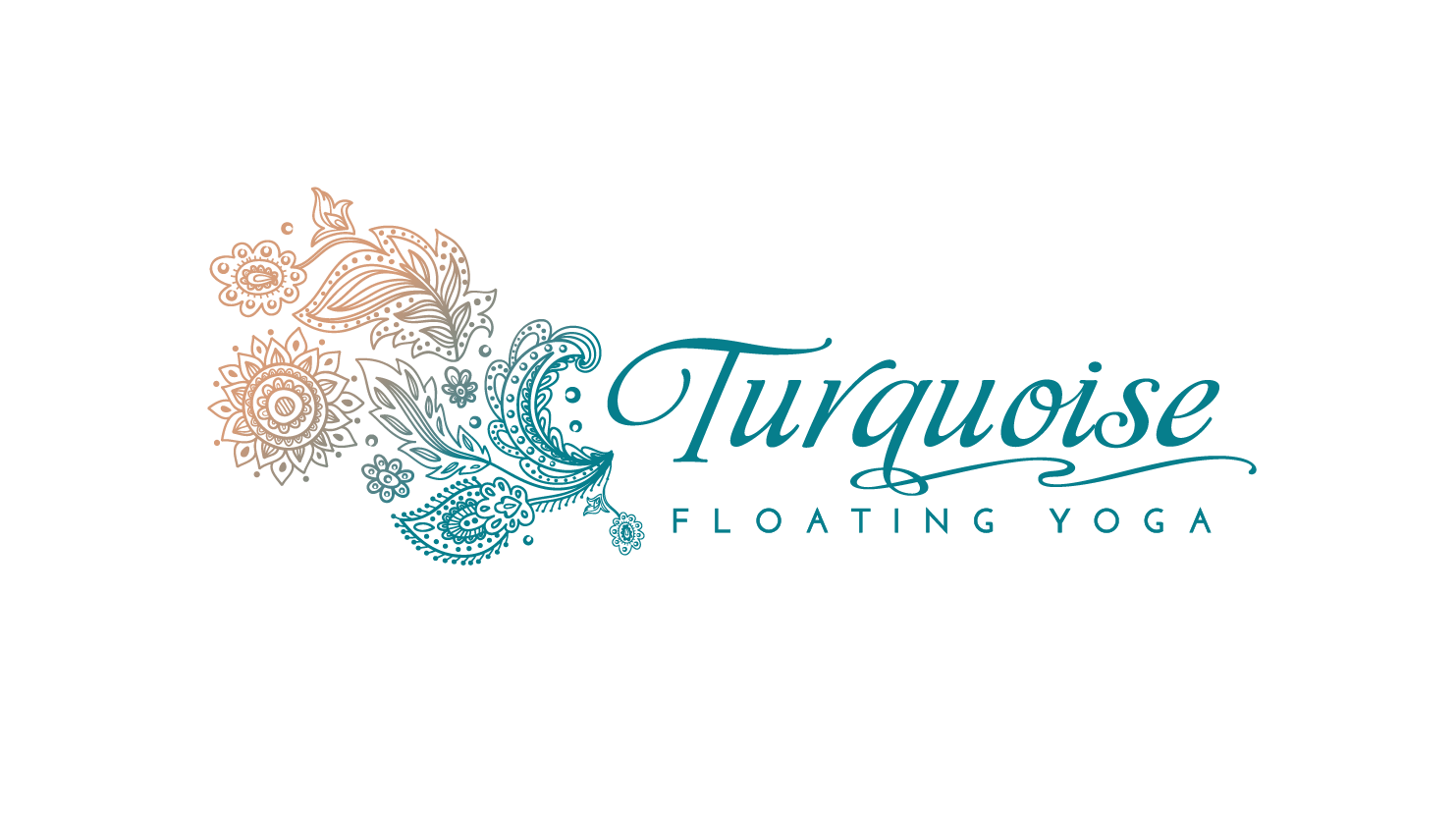As a SUP yoga teacher (and also a forever student), I spend a lot of time out on the water doing SUP yoga and guiding others through SUP yoga flows. The more I say my favorite guidance cues, the more evident it becomes that the things that help to find balance on a standup paddleboard are the same things that help me find balance in life. Some days, the entire practice of SUP yoga feels like a metaphor for life.
Flow with the movement of the water instead of struggling against it.
When there are ripples in the water and the board moves, new SUP students often get nervous and tense up because they fear falling off. Yet, the very act of tensing up makes you more likely to fall. Relaxing and allowing yourself to flow with the water makes it feel so much easier and more enjoyable too.
Isn’t that true in life? I can’t control the events that happen around me or the actions of others. But when I tense up and worry about things, the problems feel bigger and scarier. When I relax and “go with the flow”, things work themselves out with ease and I’m able to enjoy the twists and turns along the way. Life goal: flow with the stream.
Set your drishti (Sanskrit word for point of focus) on something still.
When you are surrounded by undulating water, it’s natural to look at it while trying to balance. However, when you look at moving objects, it makes balancing more difficult. So for SUP yoga, it helps to look up and find a building, solid ground, anything along the horizon that is not moving. Setting your gaze on stillness helps you stay centered to find stability and balance within your own body and on your board.
From an energy standpoint, I know what I focus on increases. So in life when I set my gaze on the uncertainties or upsetting things, I feel more uncertain and more upset. When I focus on the things that feel solid, the things that feel like well-being, then my sense of security and wellness increases. In life, just like in SUP yoga, it is important to set a drishti with intention.
Take a wider stance.
On the paddleboard, it helps to take a wider than usual stance for kneeling and standing asanas (Sanskrit work for yoga poses or postures). This creates a larger distance between the points of contact which helps to stabilize the board.
In life, I sometimes get fixated on a narrow path or outcome. It helps to take a wider stance and open myself up to new ways of thinking and new opportunities. Widening my stance has meant stepping slightly outside of my comfort zone where bigger and better outcomes manifest.
Align with the sweet spot.
On a standup paddleboard, the sweet spot is the area near the handle in the center of the board. This is the widest, most stable part of the board. That makes it the best place to stand while paddling and the place you want your center of gravity to be while practicing SUP yoga. When SUP yogis fall out of alignment with the sweet spot, even simple asanas feel more difficult. By coming back into alignment with the sweet spot, there is more steadiness and confidence even in difficult asanas.
In life, the sweet spot is an emotional place. If I wake up feeling frazzled and rush right out the door, I feel out of balance much like a SUP yogi who has strayed too far from the center of the board. When I take the time to find my alignment first, I feel balanced, stable, steady. I align through processes like meditating, practicing yoga, writing appreciation lists, and visualizing positive outcomes. When I take the time to do these things and come into alignment with my real life sweet spot, I wobble less and have the suspension to glide gracefully through my day.








